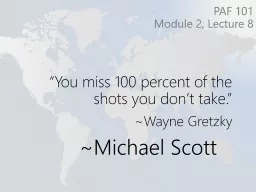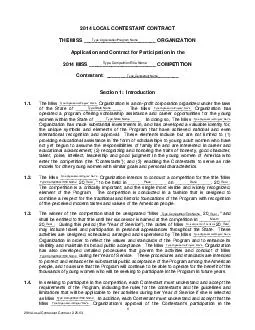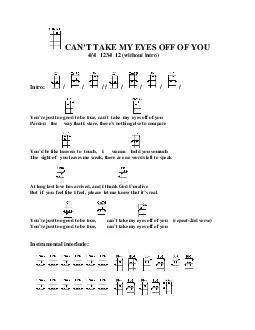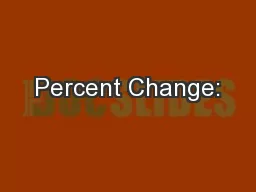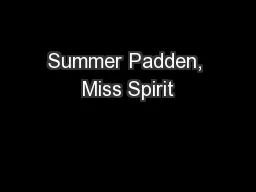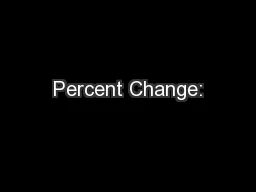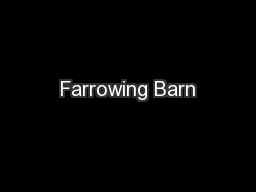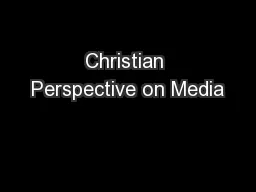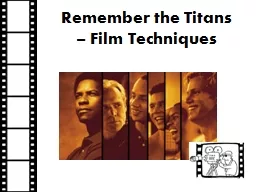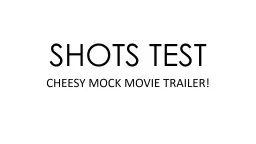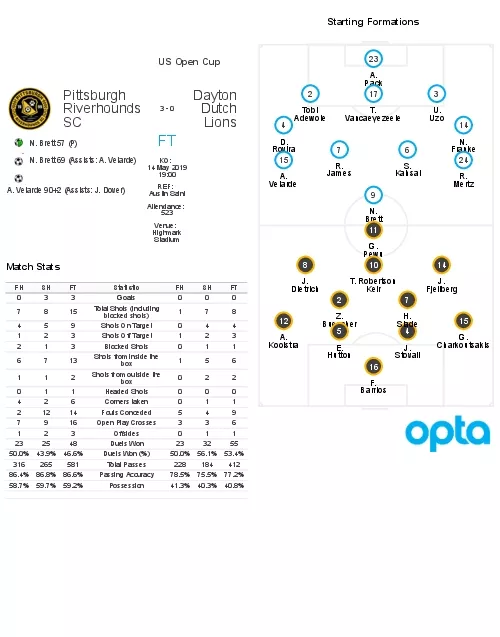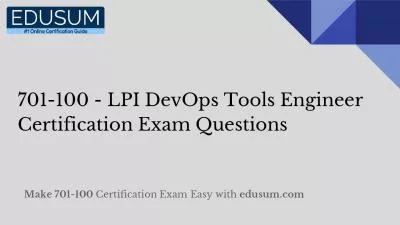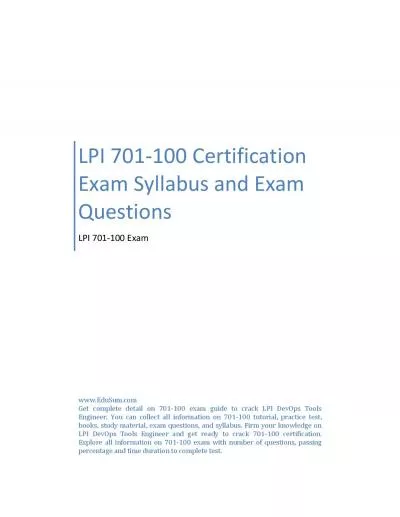PPT-“You miss 100 percent of the shots you don’t take.”
Author : natalia-silvester | Published Date : 2020-04-04
Wayne Gretzky PAF 101 Module 2 Lecture 8 Michael Scott Class Agenda Announcements Competition Debriefing Attendance Policy Reminder Assignment for Next Class Class
Presentation Embed Code
Download Presentation
Download Presentation The PPT/PDF document " “You miss 100 percent of the shots yo..." is the property of its rightful owner. Permission is granted to download and print the materials on this website for personal, non-commercial use only, and to display it on your personal computer provided you do not modify the materials and that you retain all copyright notices contained in the materials. By downloading content from our website, you accept the terms of this agreement.
“You miss 100 percent of the shots you don’t take.”: Transcript
Download Rules Of Document
" “You miss 100 percent of the shots you don’t take.”"The content belongs to its owner. You may download and print it for personal use, without modification, and keep all copyright notices. By downloading, you agree to these terms.
Related Documents

